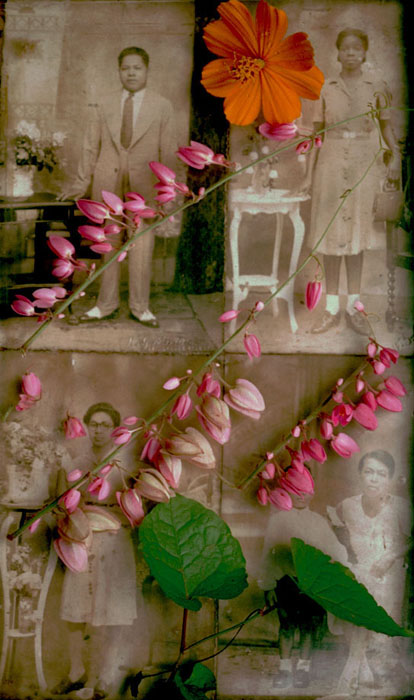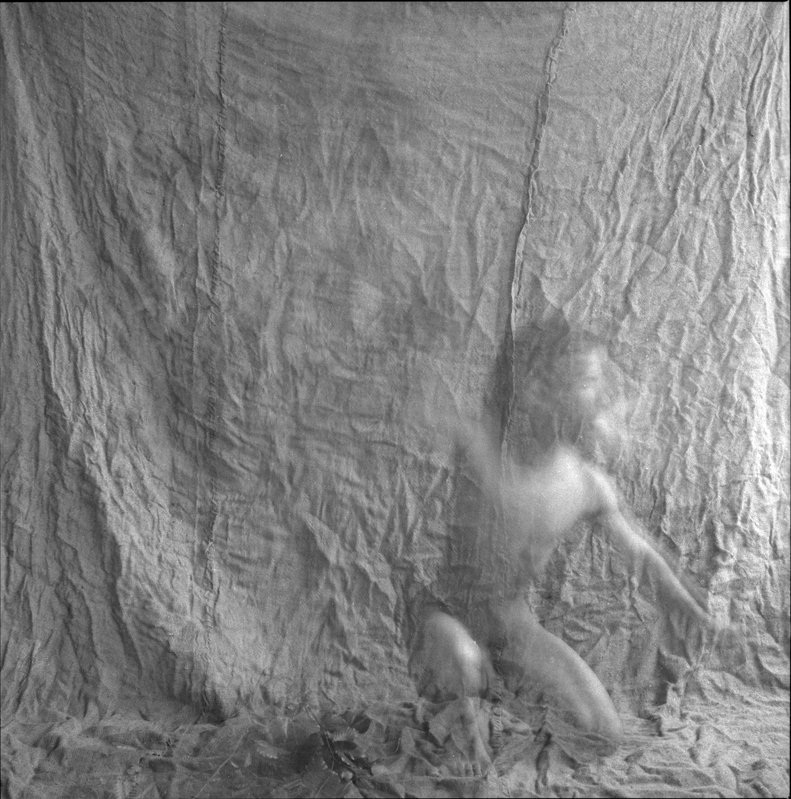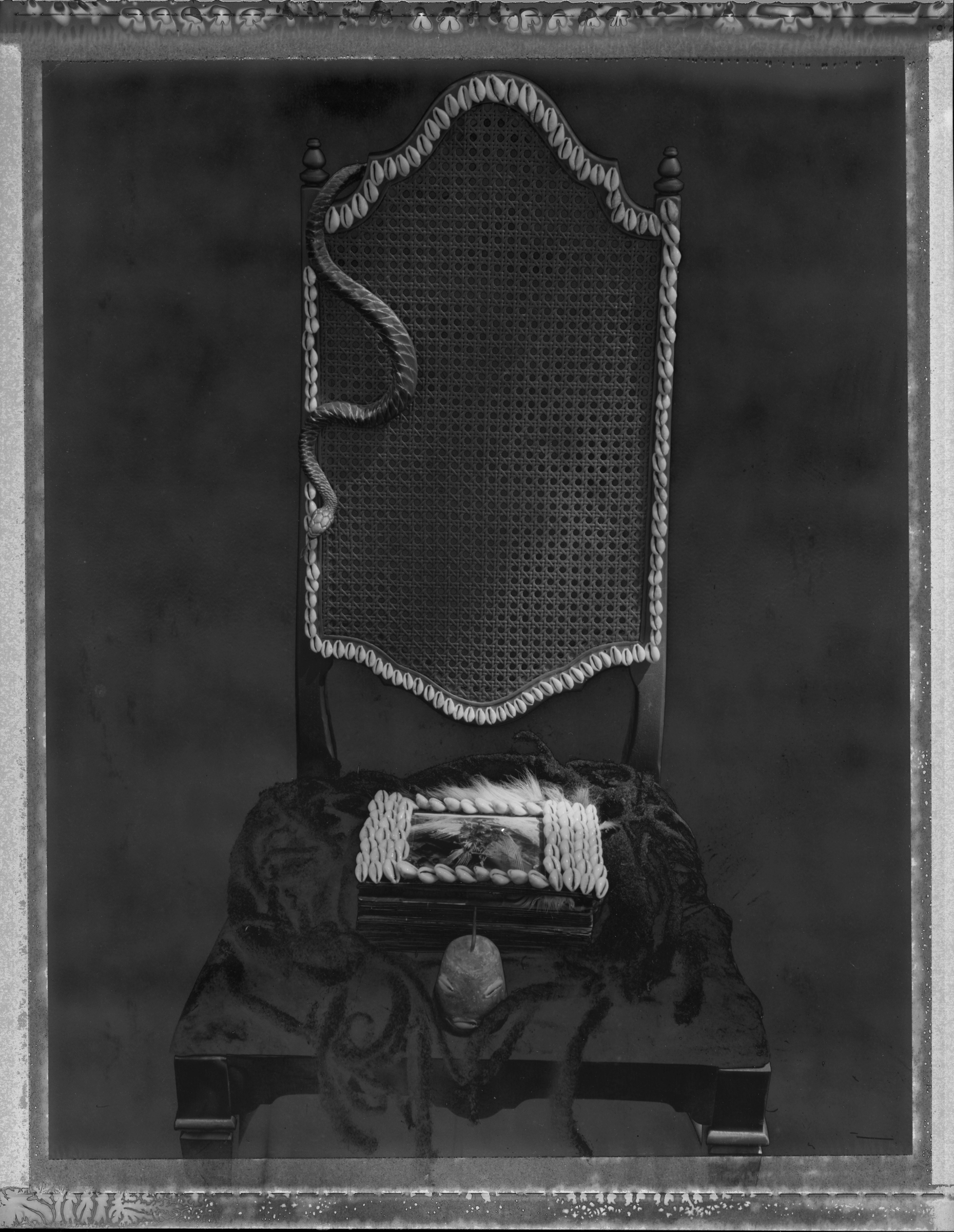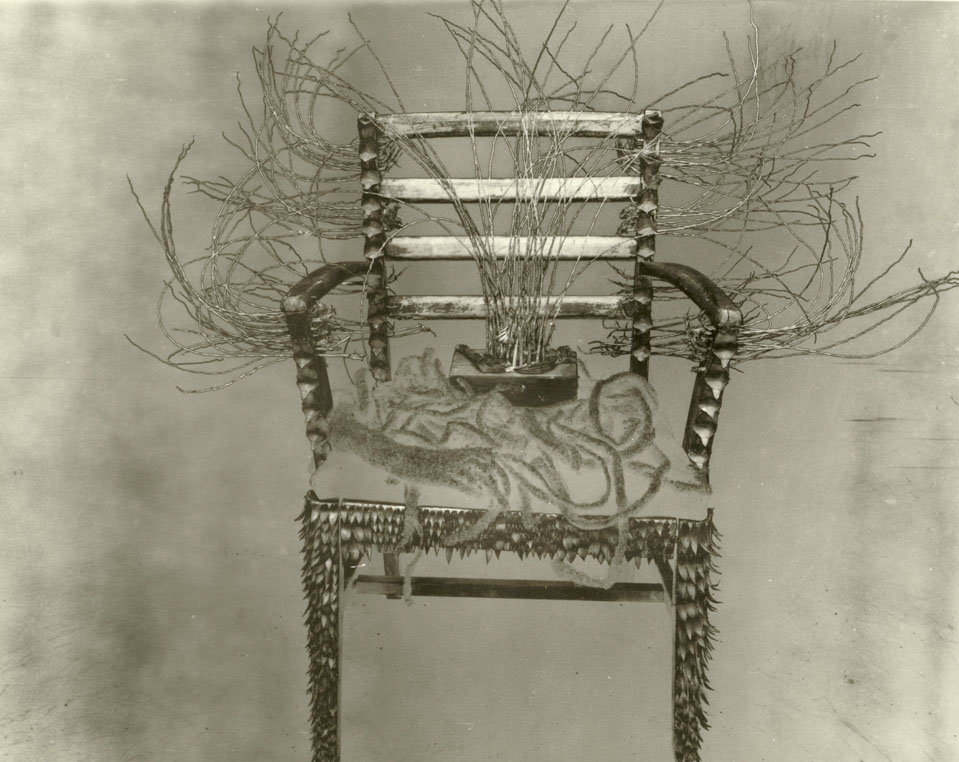
Art for me is a process of deep communication that has few parallels in the creative world. It permits and encourages an exchange of ideas at a faster rate and with more accessibility and subtle nuances than conventional methods of communication. I think of art as humanity’s second language, a universal tongue that has infinite dialects that has infinite meanings and ideas that can be clearly transmitted if the artist so desires.

Albert Chong is a contemporary artist working in the mediums of photography, installation and sculpture. His works have dealt directly with personal mysticism, spirituality, race and identity and numerous other topics as well as celebrating the beauty of images and objects.
My work has sought to give expression to my human visual intuition that operates at levels inhospitable to verbal or literary expression. Each work can function independently but is connected to the larger body of art that seeks to give my perspective on the story of our humanity and our rapidly disintegrating connection to the natural world.

My early works in photography earned critical recognition for its contribution to the multiculturalism movement in the visual arts specifically my visual narratives on race, identity, family, nationalism, mysticism and spirituality as expressed in art.







































